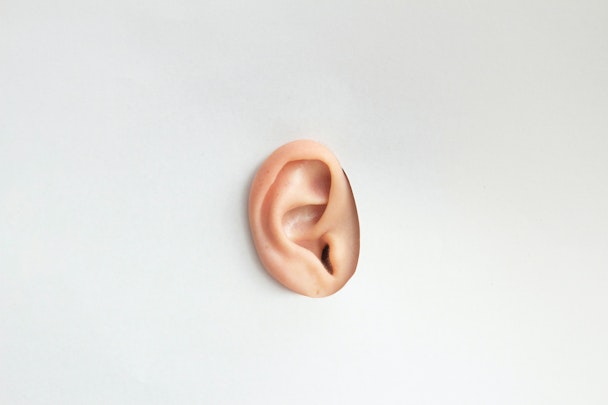How to match the right audio to your ad
David Courtier-Dutton, chief executive of SoundOut, explores the importance of audio and music to a marketing campaign – it may be one of the most underestimated assets at the disposal of those in the industry.

Draw your potential consumers in with sound
While no one uses music in isolation to sell more stuff, of all marketing assets music is the most pervasive. Indeed, you are more likely to consciously notice when music is not there than when it is. Consumers don’t have earlids – music is the one marketing asset that cannot be consciously avoided.
Nothing ‘does’ emotion like music
As Tolstoy said: “Music is the shorthand of emotion.” It has a unique superpower to stimulate an emotional response in a way that no other marketing asset achieves, and this is almost exclusively powered by the subconscious. After all, this is why we listen to music – music is mood-altering, as it enables us to access and surf real emotions in a safe and controlled environment. While nobody likes feeling sad, we are all suckers for a beautiful song loaded with sadness.
Every movie has a soundtrack. Not because we want random noise playing over the visual experience, but because, if it is emotionally synced with the storytelling, it is supremely effective at supercharging the emotional highs and lows. Indeed, an Ipsos analysis in 2020 indicated that creative that used an audio asset was over three times more likely to be in the high-performing tercile than creative that relied on visual assets alone.
How do you ensure effectiveness in music marketing?
The key to effectiveness in music marketing is to optimize effectiveness upfront. A post-campaign effectiveness analysis will never unpick whether it was the music rather than the storytelling, the actor or the edit that landed a successful campaign – just that it was successful (or not). Research (by us and others) shows that within any given territory, the emotional response to music is universal, so pre-testing with a nationally representative sample of people will give you a clear read.
Good marketers understand that while marketing is designed to sell more stuff, it also needs to be on-brand. Consistency leads to authenticity, authenticity to trust, and trust to increased brand equity.
The first step is to ensure that the personality of the music matches the personality of the brand. This can now be done scientifically. There are music psychologists who have spent the last few decades understanding the intricacies of how music is processed and perceived subconsciously. Alumni from courses such as the MSc in Music Mind and Brain at Goldsmiths, University of London are now pervading the sonic branding industry and applying proven testing methodologies to measure the personality match between any musical composition and a brand personality.
But a decent personality match is just the starting point.
The next stop is appeal. Make sure that people like the music. Why? Because appealing music is the single most important component in driving emotional impact – if you dislike a track then it won’t cross over the subconscious mental filter and stir those elusive emotions. We’ve shown that if people are ambivalent to your music, it won’t help drive perceived value or propensity to buy.
Moving on, you’ll then need to deal with attributes. A soundtrack to a commercial will need to reinforce the mood and story that you are trying to communicate that syncs to the visuals. These attributes need to also be sensitive to the aforementioned brand personality – a quirky bank sounds very different to a quirky carbonated drink. We’ve mapped the interrelationship of over 200 brand attributes in the context of music, ensuring the weighting of key attributes can be delivered for any given brand personality.
Recall is critical in sonic branding, but much less so in sonic marketing. In branding you are trying to create an audio brand code that flips the consumer into thinking of the brand through a deeply-embedded Pavlovian association, while in marketing the music element is about achieving brand consistency, engagement and supercharging the messaging and storytelling in the main event.
Pre-testing saves you money
The great thing about music is that it’s typically the last element added to a project and can be easily flipped or changed without impacting the rest of the creative packet. You can’t reshoot a commercial, but you can flip the soundtrack on a sixpence.
Say you are planning a major new campaign and you need a soundtrack. Do you licence a contemporary track from Dua Lipa at £500,000, a similarly poptastic track from an emerging artist at £50,000, or create a custom composition (and own the global rights forever) from a music production company at £10,000? The custom composition may well be the most effective, releasing half a million for increased ad spend.
We always recommend implicit testing – measuring the subconscious response to the music – as this is how it will be experienced.
A full suite of benchmarked tools are now available to test for personality match, appeal, attributes, propensity to buy and recall. These are tools already being used by brands such as eBay, Amazon, Toyota, Unilever and GSK – brands who understand that emotional stickiness trumps rational analysis every time.
